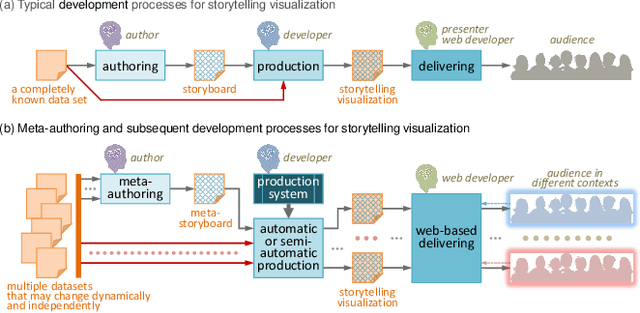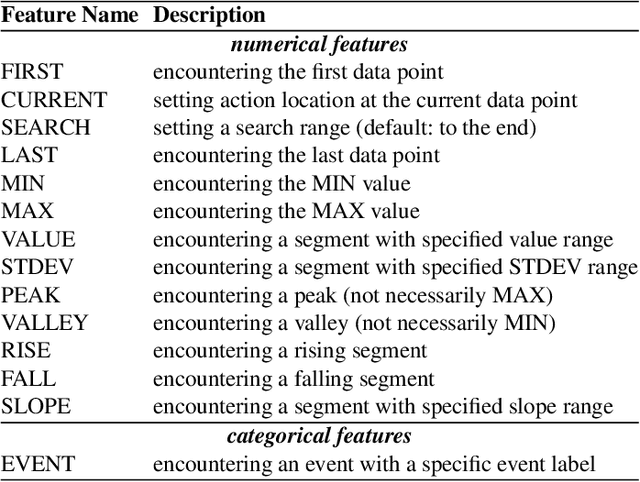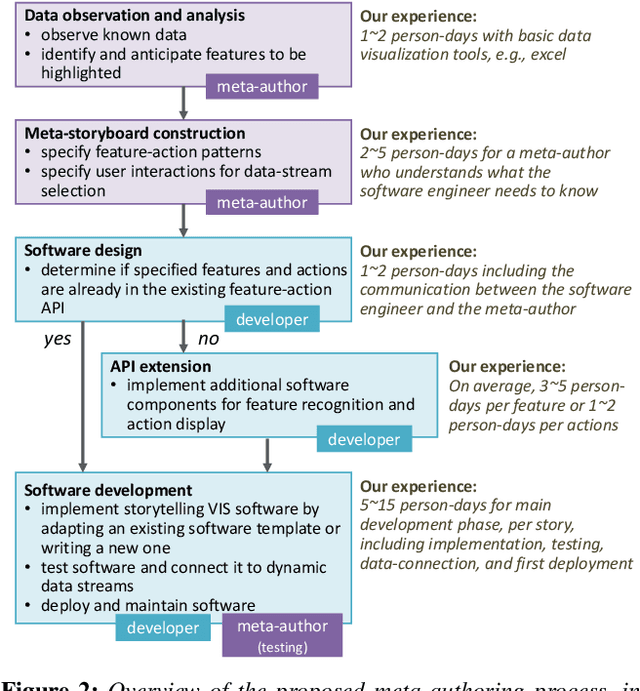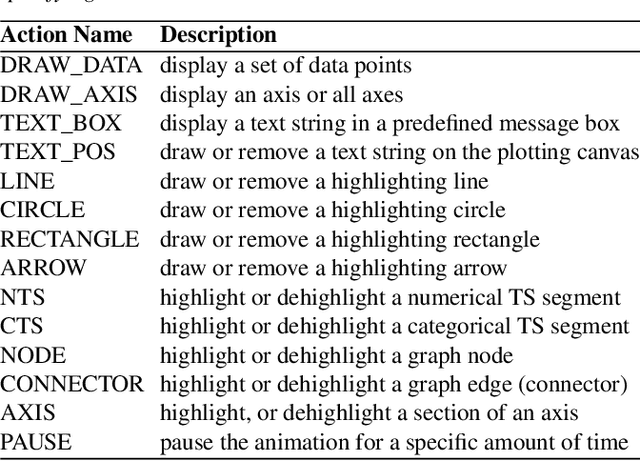Saiful Khan
QCPINN: Quantum Classical Physics-Informed Neural Networks for Solving PDEs
Mar 20, 2025Abstract:Hybrid quantum-classical neural network methods represent an emerging approach to solving computational challenges by leveraging advantages from both paradigms. As physics-informed neural networks (PINNs) have successfully applied to solve partial differential equations (PDEs) by incorporating physical constraints into neural architectures, this work investigates whether quantum-classical physics-informed neural networks (QCPINNs) can efficiently solve PDEs with reduced parameter counts compared to classical approaches. We evaluate two quantum circuit paradigms: continuous-variable (CV) and qubit-based discrete-variable (DV) across multiple circuit ansatze (Alternate, Cascade, Cross mesh, and Layered). Benchmarking across five challenging PDEs (Helmholtz, Cavity, Wave, Klein-Gordon, and Convection-Diffusion equations) demonstrates that our hybrid approaches achieve comparable accuracy to classical PINNs while requiring up to 89% fewer trainable parameters. DV-based implementations, particularly those with angle encoding and cascade circuit configurations, exhibit better stability and convergence properties across all problem types. For the Convection-Diffusion equation, our angle-cascade QCPINN achieves parameter efficiency and a 37% reduction in relative L2 error compared to classical counterparts. Our findings highlight the potential of quantum-enhanced architectures for physics-informed learning, establishing parameter efficiency as a quantifiable quantum advantage while providing a foundation for future quantum-classical hybrid systems solving complex physical models.
Feature-Action Design Patterns for Storytelling Visualizations with Time Series Data
Feb 05, 2024



Abstract:We present a method to create storytelling visualization with time series data. Many personal decisions nowadays rely on access to dynamic data regularly, as we have seen during the COVID-19 pandemic. It is thus desirable to construct storytelling visualization for dynamic data that is selected by an individual for a specific context. Because of the need to tell data-dependent stories, predefined storyboards based on known data cannot accommodate dynamic data easily nor scale up to many different individuals and contexts. Motivated initially by the need to communicate time series data during the COVID-19 pandemic, we developed a novel computer-assisted method for meta-authoring of stories, which enables the design of storyboards that include feature-action patterns in anticipation of potential features that may appear in dynamically arrived or selected data. In addition to meta-storyboards involving COVID-19 data, we also present storyboards for telling stories about progress in a machine learning workflow. Our approach is complementary to traditional methods for authoring storytelling visualization, and provides an efficient means to construct data-dependent storyboards for different data-streams of similar contexts.
 Add to Chrome
Add to Chrome Add to Firefox
Add to Firefox Add to Edge
Add to Edge